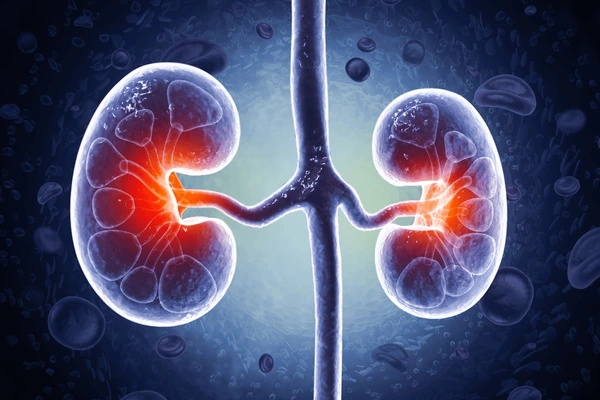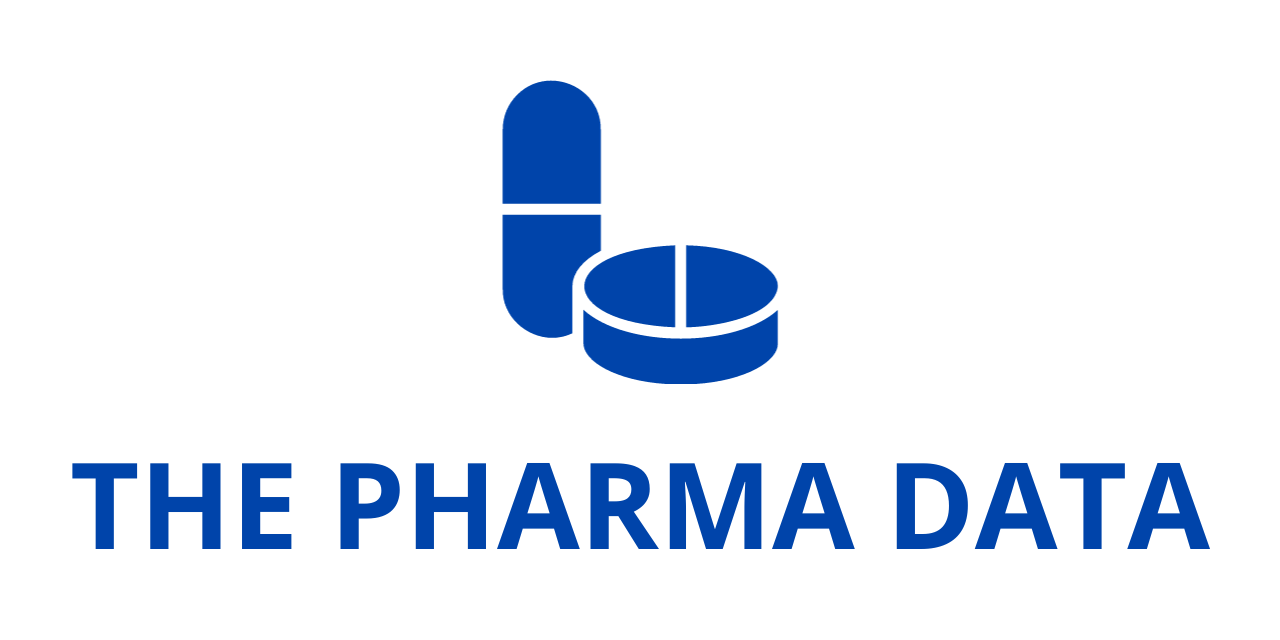
Otsuka Unveils Promising Phase 3 Results for Sibeprenlimab in IgA Nephropathy, Marking Significant Proteinuria Reduction and Advancing a Novel APRIL-Targeted Therapy
Otsuka Pharmaceutical Development & Commercialization, Inc., in collaboration with Otsuka Pharmaceutical Co., Ltd., has announced encouraging interim findings from the pivotal Phase 3 VISIONARY trial evaluating sibeprenlimab in adults with Immunoglobulin A nephropathy (IgAN), a rare and progressive autoimmune kidney disorder. The data, presented during a late-breaking clinical trials session at the European Renal Association (ERA) Congress in Vienna, Austria, mark a significant clinical advance, highlighting the potential of a novel mechanism of action that targets the underlying immunologic pathways driving IgAN progression.
A Robust Reduction in Proteinuria
In the interim analysis, patients treated with sibeprenlimab achieved a 51.2% reduction in proteinuria—as measured by the 24-hour urine protein-to-creatinine ratio (uPCR)—at nine months compared to placebo (P<0.0001). Proteinuria reduction is a well-established surrogate marker for the progression of kidney disease, and this level of decline is considered both statistically significant and clinically meaningful in slowing disease progression toward end-stage kidney disease (ESKD).
This outcome suggests sibeprenlimab’s potential to not only delay disease advancement but also improve long-term renal outcomes, addressing a critical unmet need for patients with IgAN, many of whom currently face limited treatment options.
Favorable Safety Profile Reinforced
The VISIONARY trial, the largest Phase 3 study conducted in IgAN to date, also confirmed the favorable safety profile of sibeprenlimab. Treatment-emergent adverse events (TEAEs) occurred in 76.3% of patients receiving sibeprenlimab compared to 84.5% in the placebo group. Serious TEAEs were observed in only 3.9% of sibeprenlimab-treated patients, versus 5.4% in those receiving placebo—further underscoring the tolerability of this investigational therapy.
These safety findings align with data reported in earlier clinical studies and contribute to growing confidence in the therapeutic viability of sibeprenlimab as a long-term treatment option for a chronic kidney condition.
FDA Priority Review and Accelerated Development Pathway
Sibeprenlimab has already drawn regulatory attention. The U.S. Food and Drug Administration (FDA) granted the therapy Priority Review status in May 2025 following its Biologics License Application (BLA) submission in March, reflecting the agency’s recognition of its potential to address a serious condition with limited treatment options.
Given the FDA’s acceptance of proteinuria reduction as a surrogate endpoint in IgAN trials, the strong Phase 3 results could support accelerated approval of sibeprenlimab pending final data.
Targeting the Root Cause: APRIL Inhibition
What sets sibeprenlimab apart is its innovative mechanism of action. It is a fully human monoclonal antibody designed to selectively inhibit APRIL (A Proliferation-Inducing Ligand), a key cytokine in the pathogenesis of IgAN. APRIL is involved in the “four-hit” model of IgAN, particularly by driving the production of galactose-deficient IgA1 (Gd-IgA1)—a pathogenic immunoglobulin subtype responsible for immune complex formation that deposits in the glomeruli, triggering inflammation and progressive kidney damage.
By blocking APRIL, sibeprenlimab effectively reduces circulating IgA and Gd-IgA1 levels, thereby minimizing immune complex formation and dampening the autoimmune assault on kidney tissues. This biologic approach marks a paradigm shift from current treatments that primarily manage symptoms or general immune suppression rather than targeting specific upstream mechanisms of the disease.
Convenient Dosing for Patient-Centric Care
Beyond its clinical promise, sibeprenlimab offers an added layer of convenience for patients. The therapy is administered subcutaneously once every four weeks using a single-dose prefilled syringe. It is designed for either self-administration or caregiver administration at home, offering a less burdensome treatment experience for individuals managing a chronic disease.
This convenience could improve adherence and quality of life, an especially important consideration for patients facing a lifelong condition like IgAN.
Expert Perspectives and Broader Implications
Dr. John Kraus, Executive Vice President and Chief Medical Officer at Otsuka Pharmaceutical Development & Commercialization, emphasized the broader implications of the interim results:
“Proteinuria control is an important independent predictor for long-term prognosis, and this interim data reinforces our belief that selectively targeting APRIL has the potential to be an effective and safe approach for this progressive and irreversible kidney disease. We are grateful to the patients who have contributed to advancing the science through their participation in this landmark trial.”
Similarly, Dr. Dana Rizk, Professor of Medicine in the Division of Nephrology at the University of Alabama at Birmingham and a key investigator in the study, noted:
“The VISIONARY Phase 3 interim analysis shows a robust proteinuria reduction of 51.2% in the group treated with sibeprenlimab relative to placebo. These results affirm our belief in the efficacy of sibeprenlimab in the largest Phase 3 IgAN trial to date. The safety data emerging from VISIONARY is reassuring and adds to our existing knowledge from prior programs. This is very exciting news for patients and offers a therapeutic option with a novel mechanism of action targeting the immunologic pathogenesis of IgAN.”
Ongoing Study and Future Outlook
The VISIONARY study remains ongoing, with full results expected upon completion in early 2026. The trial is continuing in a blinded manner to assess changes in kidney function over a 24-month period, as measured by estimated glomerular filtration rate (eGFR)—another key marker of renal health. Additional pre-specified and exploratory analyses are also underway to more fully understand the clinical utility of sibeprenlimab and its role in long-term disease modification.
These forthcoming results will be crucial in confirming the durability of proteinuria reduction and the therapy’s ability to preserve kidney function over time. If the final data supports the interim findings, sibeprenlimab could become a transformative treatment for IgAN, with broad implications for the treatment landscape of autoimmune kidney diseases.
The interim results from the Phase 3 VISIONARY study signal a potentially major breakthrough in the treatment of IgA nephropathy. Sibeprenlimab, with its targeted inhibition of APRIL and significant reduction in proteinuria, stands out not only for its novel mechanism of action but also for its strong safety profile and patient-friendly administration.
With FDA Priority Review underway and full Phase 3 results expected in 2026, Otsuka’s investigational therapy is poised to become a first-in-class treatment that redefines standards of care for patients living with this chronic and life-altering kidney disease. As research continues, the nephrology community and patients alike await what could be a new era of precision immunotherapy for IgAN.




